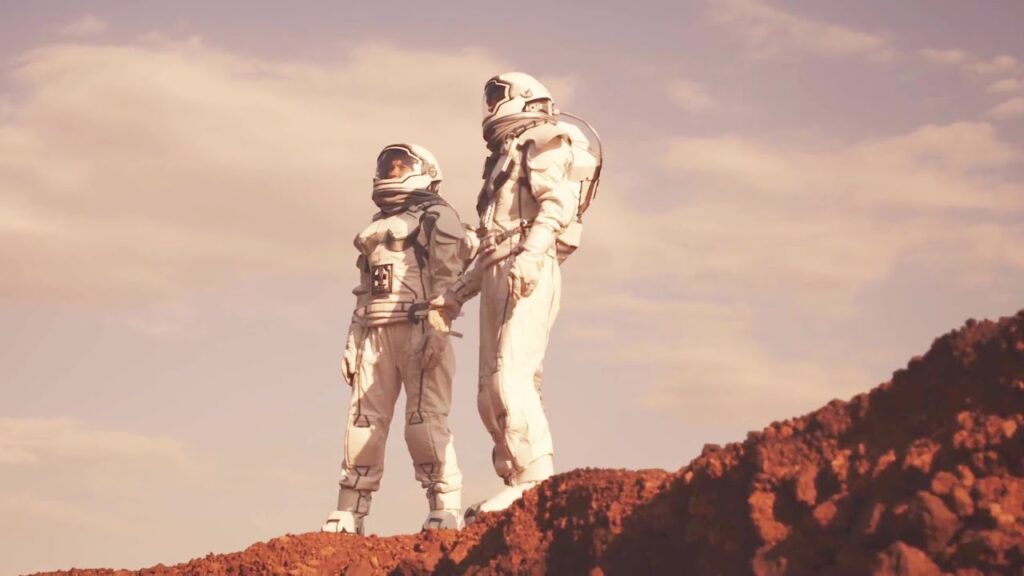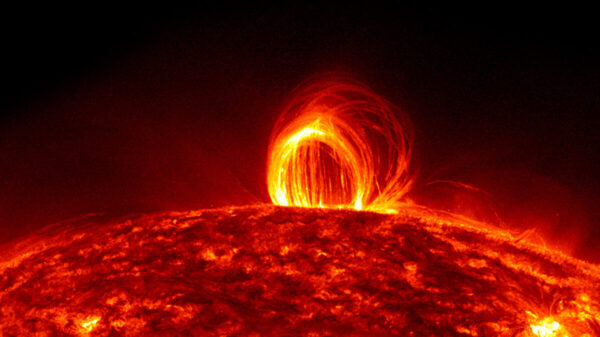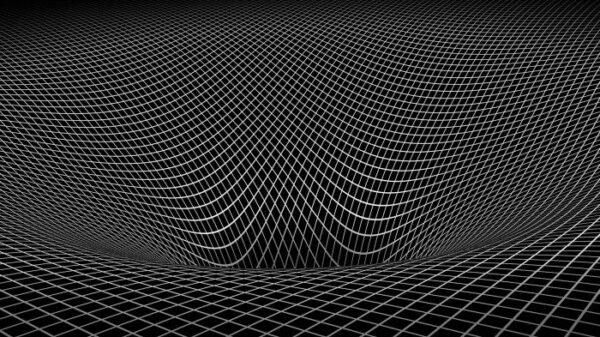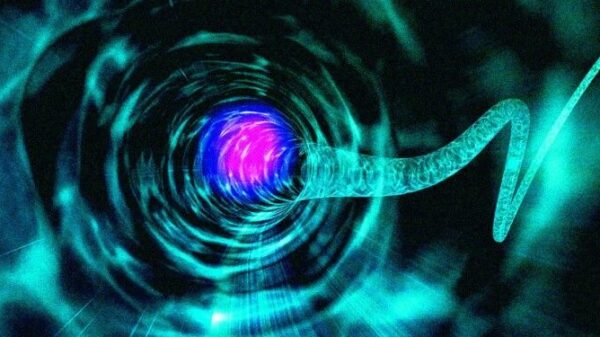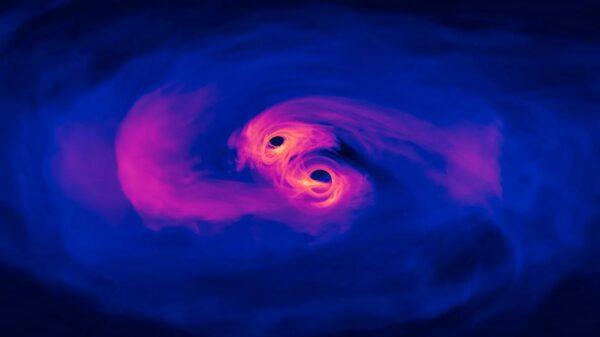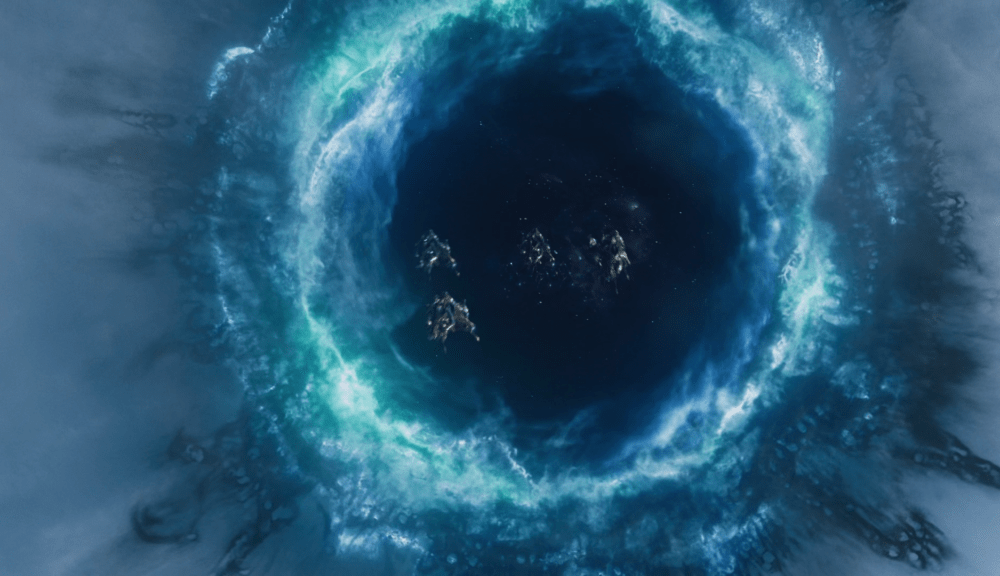The evolution of humanity on Earth is deeply connected to the planetary phenomena of our home world. The Sun, a remarkable star, serves as a planetary integrator of life and significantly influences the environmental processes occurring on Earth.
Within the intricate network of influences, gravity notably shapes our capacity for upright locomotion. Upright walking involves various subtleties, such as balancing the centers of gravity of our limbs, torso, and head, with the brain overseeing all regulation. Moreover, cerebral blood circulation is a critical process that is particularly sensitive to Earth’s gravity.
Blood circulation is a dynamic process involving the movement of blood through vessels, driven by the difference in hydrostatic pressure within various parts of the circulatory system. Blood moves from areas of high pressure to those of low pressure. This process is influenced by the resistance to blood flow presented by the vessel walls and the blood’s own viscosity.
Gravitational physiology
The minute volume of blood circulation is a key indicator of hemodynamics. Intriguingly, the volumetric velocity of blood flow is identical through both the large and small circulatory systems. The blood volume passing through the aorta or pulmonary trunk matches the volume traversing the entire cross-sectional area of the vessels at any given segment of the circulation. This principle also applies to the carotid arteries supplying the cerebral hemispheres. Moreover, advancements in space exploration have provided humanity with insights into the effects of gravity on physiology.
While it is impossible to resolve all issues of gravitational physiology encountered during space flights, various methods have been devised on Earth to simulate the effects of gravity. These methods allow for the comparison of flight data with data from model experiments to elucidate the mechanisms of sensorimotor system changes. After space flights, astronauts require time to readjust to Earth’s gravity and often undergo neurorehabilitation. Medical professionals conduct different neuromodulation procedures to regulate the altered functional state of the nervous system due to space exposure. The principle of therapeutic neuromodulation relies on the interplay between regulating brain function changes and processing sensory information during motor tasks.
Astronauts venture not far from Earth, and space exploration has shown that humans can recuperate from journeys lasting over a year. Yet, the feasibility of deep space voyages, entailing prolonged absences from Earth and enduring low gravity, raises concerns about severe brain changes. The unverified belief that “Humans can inhabit other planets with gravity up to three times different from Earth’s without disrupting cerebral blood flow, beyond which irreversible damage may ensue,” demands cautious consideration. It is definitively established that low gravity induces physiological alterations in the brain.
Readiness in Utopia
Elon Musk’s ambitious statements about relocating a million people to Mars raise intriguing questions. He might be considering the reduced gravity on Mars and its potential psychological effects, which could lead to a greater reliance on calculations.
Martian gravity is 62% less than Earth’s, making it approximately 2.5 times weaker. Under such gravity, a person who weighs 99 pounds on Earth would experience a weight of about 39 pounds on Mars.
